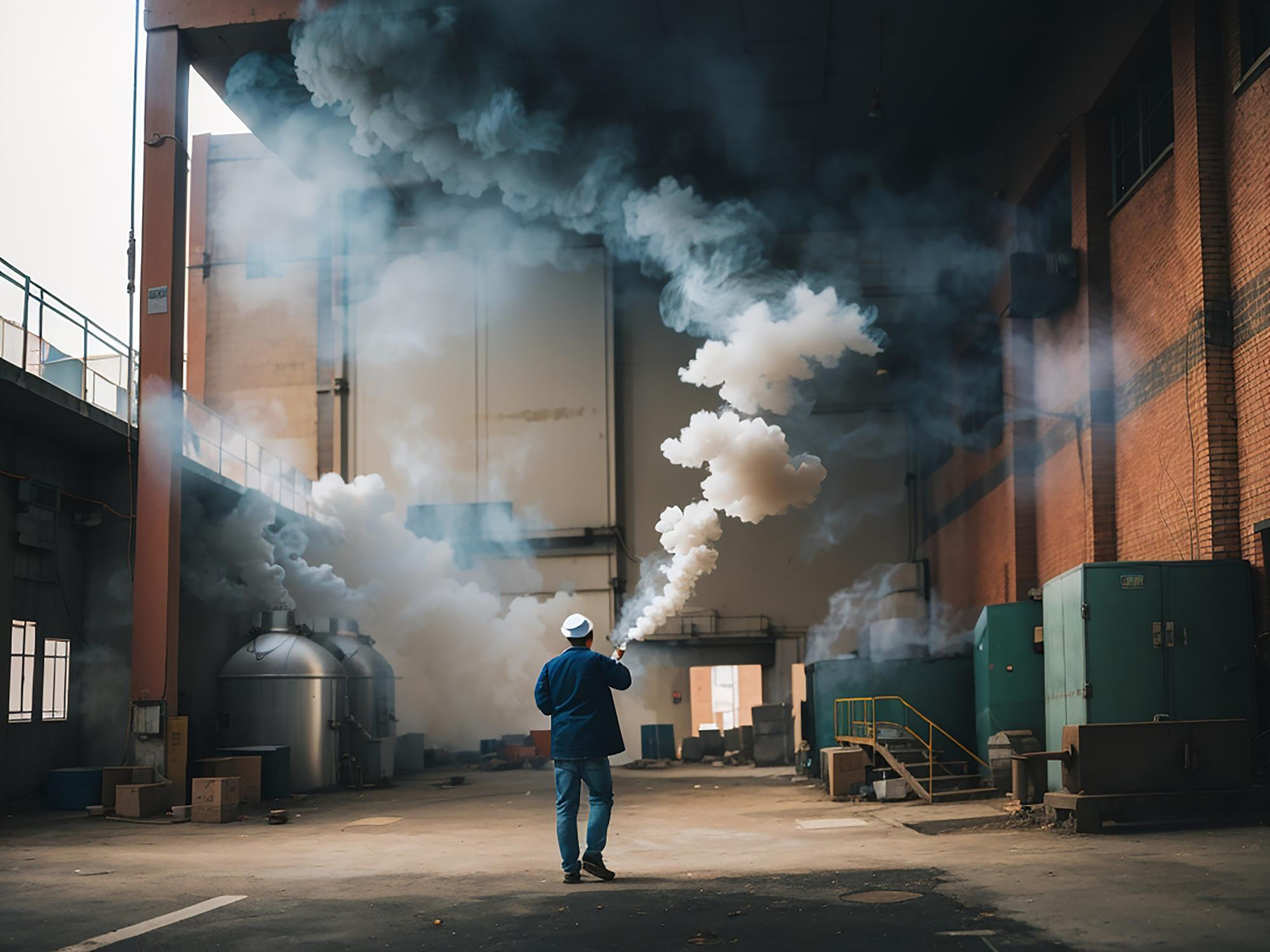Confined spaces pose a focus for serious workplace accidents due to their danger. One of the most common accidents is asphyxiation in confined spaces, which occurs due to low oxygen levels.
The peculiarities of confined spaces require strict entry protocols to perform work inside. Additionally, workers must be properly equipped to prevent risks such as asphyxiation in confined spaces.
Why does asphyxiation occur in confined spaces?
A confined space has limited entry and exit openings and is not designed for prolonged work inside. Due to this, ventilation in these places is usually poor, and oxygen levels can be too low. Gases that displace oxygen can also accumulate, increasing the risk of asphyxiation.
What happens if oxygen levels are low?
The normal concentration of oxygen in the air is usually 21%. Below this level, the danger of asphyxiation begins:
- 20.5% oxygen: this is the minimum oxygen level for working in confined spaces.
- 18% oxygen: at this concentration, symptoms such as rapid breathing or muscle coordination may occur.
- 17% oxygen: from 17%, there is a risk of the worker losing consciousness.
- 12%-16% oxygen: symptoms such as dizziness, unconsciousness, and headaches appear. The danger is considered very serious.
- 6%-10% oxygen: the worker is at risk of death. It is normal to lose consciousness, and death occurs within 6 minutes.
As seen, warning signs are difficult to recognize in the case of asphyxiation in confined spaces. In many cases, the worker does not recognize the danger until it is too late and may suffer a serious accident.
In addition to asphyxiation in confined spaces, this type of work is subject to other dangers such as poisoning, fires, or explosions.
Accidents due to asphyxiation in confined spaces
The danger of working in confined spaces is reflected in accident figures. According to the International Labour Organization, around 200 deaths occur in confined spaces each year.
Most of these deaths also affect workers who enter to rescue an injured colleague. The risk affects rescuers equally, so a specific protocol must be followed for the rescue.
How to prevent asphyxiation in confined spaces
To avoid serious accidents such as asphyxiation in confined spaces, it is essential to comply with all protocols and safety measures. For example, one of the measures prior to entry is to measure gases and the atmosphere inside the space.
These measurements serve to detect the presence of dangerous gases accumulated, as well as to determine oxygen concentration levels. If conditions are dangerous, artificially ventilating the confined space before authorizing worker entry is mandatory.
Additionally, there are other measures and tools for employee safety, such as personal protective equipment (PPE). Some of these equipment include protective masks, respiratory masks, protective suits against chemical substances...
For workers to apply all these safety measures and protect themselves properly, continuous training in occupational risk prevention is essential. Learning and practicing all procedures help prevent serious accidents such as asphyxiation in confined spaces.
New technologies like virtual reality are already being used to enhance and provide realism to these safety and health trainings. With a VR simulation, the worker enters a virtual confined space, having to comply with all relevant safety measures.
The possibility of making mistakes or even experiencing virtual accidents reinforces employee awareness. Experiencing a realistic training maximizes knowledge retention and allows practicing procedures over and over.
Do you want to know more about virtual reality applied to safety training in confined spaces? Check out the information at the following link.





















